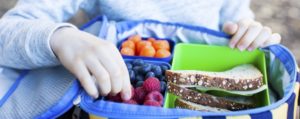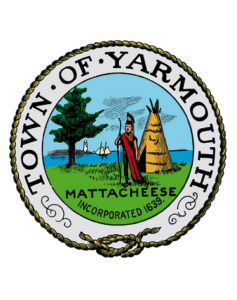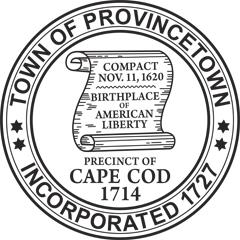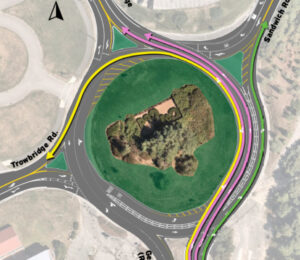 HYANNIS – Walk through a supermarket and you’ll find lots of products designed specifically for snacks and lunch foods for kids. Individual containers of flavored applesauce and fruit cocktail. Squeezable yogurt tubes. Plastic-wrapped cheese sticks.
HYANNIS – Walk through a supermarket and you’ll find lots of products designed specifically for snacks and lunch foods for kids. Individual containers of flavored applesauce and fruit cocktail. Squeezable yogurt tubes. Plastic-wrapped cheese sticks.
They are convenient for parents, but not so great for their children’s health, according to Amy Rose Sager, a registered dietician with the Visiting Nurse Association of Cape Cod. These highly processed foods can be loaded with salt, sugar, fat and preservatives.
“Preservatives can change somebody’s gut flora and make them more prone to diseases and inflammation,” she said. “And now we know they’re finding fatty streaks in kids’ arteries before they leave high school.”
Diet-related afflictions such as heart disease, diabetes and obesity, that were once considered adult problems, now strike teens and young adults. For instance, according to the federal Centers for Disease Control, 90 percent of children ages 6 to18 consume too much salt, and one in five has elevated blood pressure.
Options for Healthy Lunches
So what can a parent make for the kids’ lunches?
Sager, who also runs her own business, Leap Into Wellness, which specializes in digestive issues and plant-based nutrition, suggests swapping the lunch meat sandwich and salty or sweet snack for whole-grain wraps filled with hummus and vegetables. Rice or grain bowls with beans and vegetables, perhaps brightened with a little flavorful sauce, is another possibility. Kids like roasted potatoes, and a thermos filled with hot vegetable chili or pasta e fagioli soup works, too. Top it off with a piece of fresh fruit for a great dessert.
Parents can ease the task of lunch-making by planning ahead and cooking on the weekend, she said.
“Beans are an easy thing. If you take some canned beans, rinse them off. You can reduce sodium by almost 40 percent.”
Here are some other lunch tips from the American Academy of Pediatrics’ Healthy Children magazine:
- Utilize these five food groups:
- Vegetables
- Fruits
- Grains
- Low-fat dairy
- Other protein sources, such as lean meats, fish, nuts, seeds, and eggs.
- Offer variety
- Don’t include highly processed foods
- Use only small amounts of sugar, salt, fats and oils to add flavor and interest
- Serve appropriate portions for a child’s age and size
Sager, who advocates a plant-based diet, prefers other sources of protein to serving meat and cheese.
“I think we always think of protein as coming from meat. Beans are an awesome source of protein, they’re low in fat and high in fiber,” she said.
Highly-processed foods often lack nutrients and fiber, Sager said.
“It’s not going to fill you up,” she said. “That’s the problem with a lot of these foods: They don’t have fiber; you can eat a lot more of them.”
Not all prepackaged foods are unhealthy. Roasted chickpeas can be a nutritious snack, she said.
Set an Example for Your Child
The American Heart Association provides parents with several recommendations for making healthy lunches, including:
- Subbing avocado or hummus for mayo or cheese in a sandwich, or adding shredded carrot or zucchini or sliced apple or pear.
- Putting leftover soup, whole-wheat spaghetti and marinara sauce or bean casserole in a thermos.
- Pairing sliced raw veggies, fruit, whole-wheat crackers or grilled tofu with healthy dips, such as salsa, yogurt, peanut butter or hummus.
- Have kids help make their lunch, and choose some of the ingredients.
So how can you get children to like a healthier lunch? Parents can set an example by eating nutritious food themselves, Sager said.
She also suggested getting kids involved and teaching them why certain foods are more nutritious than others. Tell them the benefits of eating fresh, local produce and encourage them to try different foods.
“This time of year, there are a lot of farmer’s markets around. Have the child go out to the farmer’s market and pick out something to prepare at home.”
For tough cases, parents might resort to healthier versions of the foods marketed to kids, Sager said, citing “chicken” nuggets made from vegetables and not deep-fried, chopped chicken. These can be found in the refrigerated section of the organic aisle in supermarkets, she said.
“You have to get creative,” she said.























